
Attention and time given to natural foot health concepts and activities can yield profound foot health benefits, both for foot injury prevention and improved quality of life. Caring for your feet and allowing them to function the way nature intended can keep you pain-free and performing the activities you love most. In most cases, the answer to long-term foot health is simple and involves removing the impediments to optimal foot functioning and remaining disciplined in your natural foot care routine. Here are a few simple and effective ways to improve foot health for long-term musculoskeletal success:
- Wear foot-healthy shoes as much as possible
- Resolve to make wise footwear purchases
- Wear Correct Toes every day
- Perform helpful foot exercises regularly
- Be active and SMART!
Let's take a closer look at each of these foot-health-boosting tips!
1. Wear Foot-Healthy Shoes as Much as Possible

Resolve to wear only foot-healthy shoes as much as possible when you are out and about. This simple strategy will help you treat or prevent some of the most common toe, foot, and lower extremity problems, including bunions, hammertoes, ingrown toenails, neuromas, plantar fasciosis, and shin splints. Foot-healthy shoes permit your foot, including your toes, to function in a natural manner; that is, with toes splayed and heel and forefoot on a level plane. Foot-healthy footwear doesn't get in the way of your feet or alter your gait in any significant way. Using foot-healthy shoes is especially important for weight-bearing activities, including walking, running, jumping, and standing. Wearing conventional footwear (with its many injurious design features—more on this below) for running and walking can accelerate toe deformities and lead to chronic foot and toe problems.
2. Resolve to Make Wise Footwear Purchases

To ensure improved foot health, make your next footwear purchase one that incorporates only foot-healthy design features. Key design features to avoid when shopping for new footwear include heel elevation, toe spring, tapering toe boxes, and rigid, inflexible soles. An ideal shoe, then, has no heel elevation or toe spring, only a completely flat sole from heel to toe. This flat platform allows your principle foot arch to act as it is supposed to and helps enable natural arch support. A sufficiently wide toe box is widest at the ends of the toes and allows your toes to splay optimally when standing, walking, or running. A shoe with a flexible sole improves your tactile sensation (ensuring higher-quality footfalls) and helps strengthen your intrinsic, or internal, foot muscles. You should be able to easily fold your shoe in half or twist its sole with little restriction. Natural Footgear offers a variety of men's and women's foot-healthy shoes that respect natural foot anatomy and function.
SHOP MEN'S FOOTWEAR SHOP WOMEN'S FOOTWEAR
3. Wear Correct Toes Every Day

Wearing your Correct Toes toe spacers every day is an excellent way to improve foot and toe health. Correct Toes creates space between your toes and realigns your toes to their normal anatomical position. In this optimal position, your toes are free to perform as they were intended, and you are less likely to experience the foot and toe problems that plague so many shod, or shoe-wearing, individuals. It’s important to transition into Correct Toes use slowly, as it can take some time for your foot to adapt to this new toe orientation. It’s also important that you use your Correct Toes in shoes that possess sufficiently wide toe boxes to accommodate natural toe splay—the Shoe Liner Test can help you determine this. You can use your Correct Toes on your bare feet, over toe socks, or within conventional socks. Some people even use Correct Toes as a night splint to help treat bunions and other foot and toe problems.
SHOP CORRECT TOES
4. Perform Helpful Foot Exercises Regularly

Certain exercises can enhance your foot health and improve your foot form and function, especially if you perform them on a regular basis. One particularly important foot and toe exercise is the Toe Extensor Stretch. This stretch helps lengthen tight toe extensor muscles and tendons—a problem caused by the long-term use of conventional footwear. Tight toe extensors can cause a variety of foot and toe problems, including crooked toes, and the Toe Extensor Stretch helps rebalance the pull of toe flexor and extensor tendons on your toes. Other helpful foot stretches or exercises include the Big Toe Stretch and the Hacky Sack Grab Exercise, both of which can easily be performed at home. Please visit this page to view other top exercises for your feet and toes.
Another way to actively work on your feet is to use BlackBoard training tools. These innovative tools help bolster foot strength and allow you to build a more resilient and capable foot. The BlackBoard Basic is a foot training platform made up of an interconnected FootBoard and HeelBoard and a set of BlackBars that you use to adjust them. Through a prescribed series of exercises, you can develop and hone a variety of musculoskeletal functions, including balance and agility, foot and toe joint mobility, and foot and ankle strength. BlackBoard ToeBands (pictured above) work in a different, though equally effective, way to build stronger, healthier feet and strengthen key neural pathways. The BlackBoard Meta Trigger—part foot mobilizer, part trigger point release mechanism—is another powerful foot training tool you can use just about anywhere to actively improve foot health and function.
SHOP BLACKBOARD TRAINING TOOLS
5. Be Active & SMART!

Being physically active is an excellent way to develop optimal foot health, especially if you choose to be active in footwear that respects nature’s brilliant foot design and allows you to comfortably wear Correct Toes and other helpful footgear. We encourage you to select an activity that you find truly enjoyable—whether it be hiking, trail running, dancing, gym workouts, gardening, or something else entirely—to help put your feet and toes to good use. We also encourage you to set fitness goals that are SMART—Specific, Measurable, Attainable, Realistic, and Time-Bound (e.g., “I want to be able to run 5 miles in 40 minutes by May 15.”). A SMART approach to fitness or health goals keeps you engaged in the process of health attainment, and it ensures that you experience frequent successes to keep you motivated.
Optimal Foot Health: A Worthy Pursuit!

Improving foot health through natural means and methods is a worthy pursuit! Indeed, many people who have adopted natural approaches to foot health have experienced a wide range of benefits, everything from enhanced sensory perception and awareness to increased foot and toe strength to improved gait, posture, and movement patterns. For those battling a chronic foot problem, the tips presented in this article can represent a good jumping-off point into the world of natural foot care. This article goes into a bit more detail about many of the points mentioned above and offers additional tools and strategies you can deploy to build more robust foot health. We also offer a number of free e-courses that dive deeper into important topics in the world of feet and foot care. These courses allow you to expand your knowledge base on a variety of subjects in the natural foot health realm. We hope you enjoy these resources! And ... all the best to you on your journey toward optimal foot health.

WANT TO IMPROVE YOUR FOOT HEALTH?
Let the team at Natural Footgear help you! Subscribe to our newsletter for the latest offers and helpful info, and sign up for our FREE email courses on various topics and foot health conditions.
Sign Up →
Want to Improve Your Foot Health?
We are here to help you every step of the way. Get our newsletter for the latest offers and helpful info, and sign up for our FREE email courses on various topics and conditions, including bunions, hammertoes, neuromas, plantar fasciosis, shin splints, ingrown toenails, and more.
Sign Up →
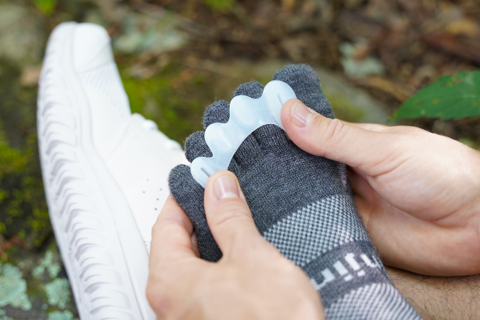 The need for natural and conservative alternatives to conventional foot and toe treatments has never been greater. According to the American Academy of Orthopedic Surgeons, approximately 43.1 million Americans have foot problems, and the cost of foot surgery to correct problems associated with improper footwear—bunions, hammertoes, corns and calluses, among others—is about $2 billion per year. The cost rises to $3.5 billion when you factor in lost work time for...
Read more
The need for natural and conservative alternatives to conventional foot and toe treatments has never been greater. According to the American Academy of Orthopedic Surgeons, approximately 43.1 million Americans have foot problems, and the cost of foot surgery to correct problems associated with improper footwear—bunions, hammertoes, corns and calluses, among others—is about $2 billion per year. The cost rises to $3.5 billion when you factor in lost work time for...
Read more










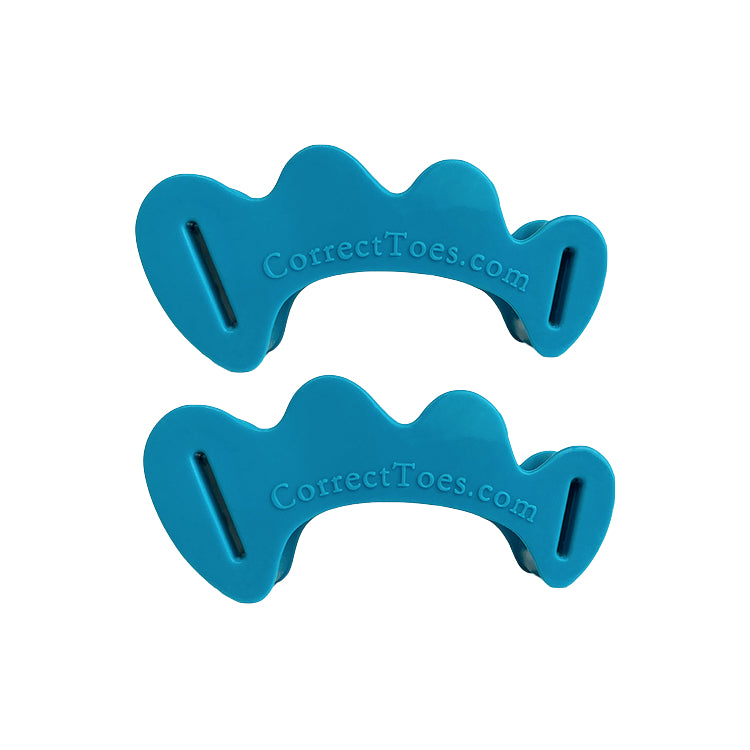
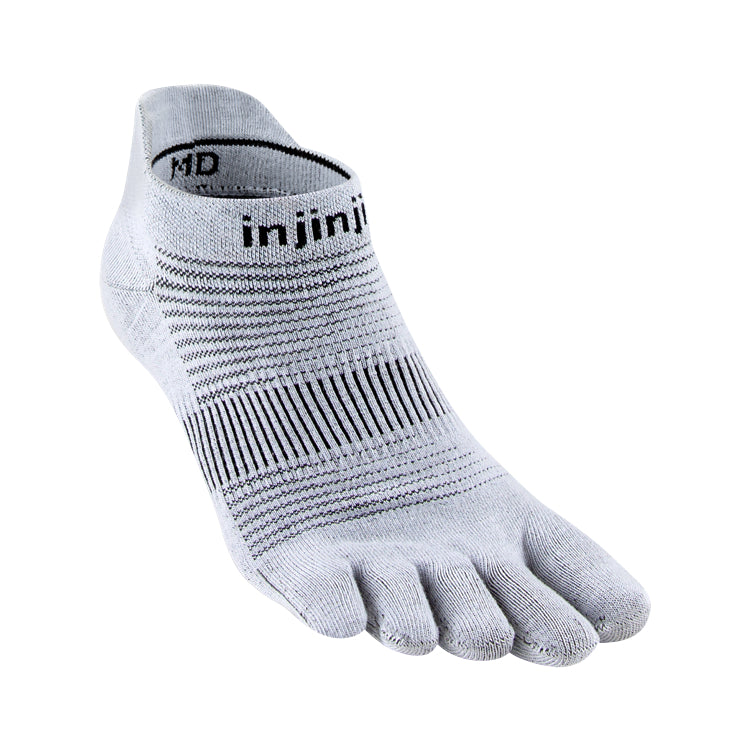




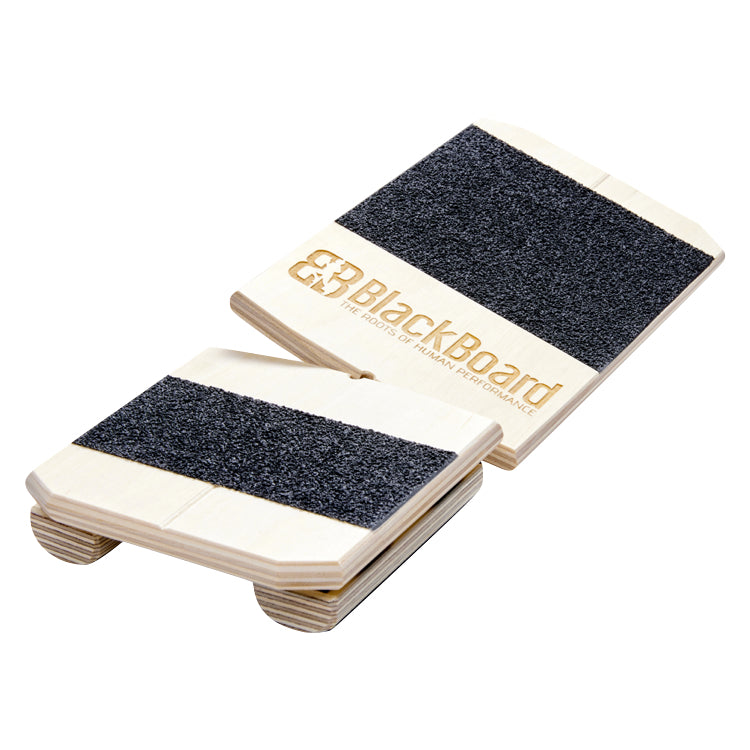
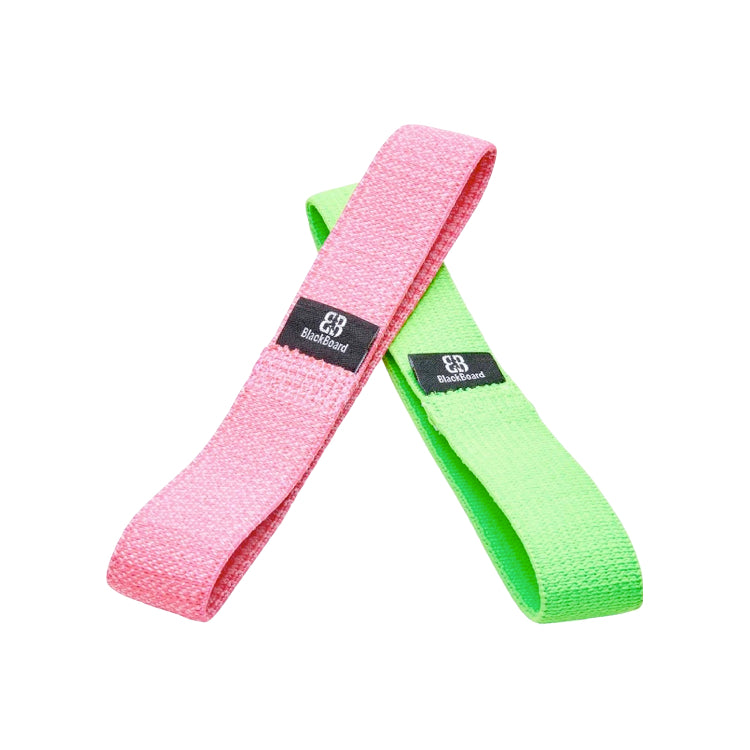
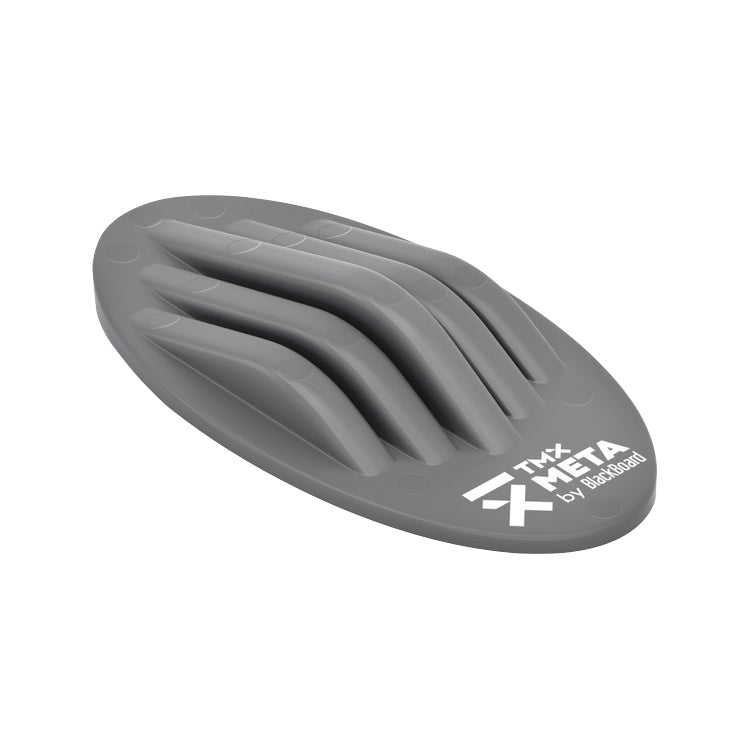
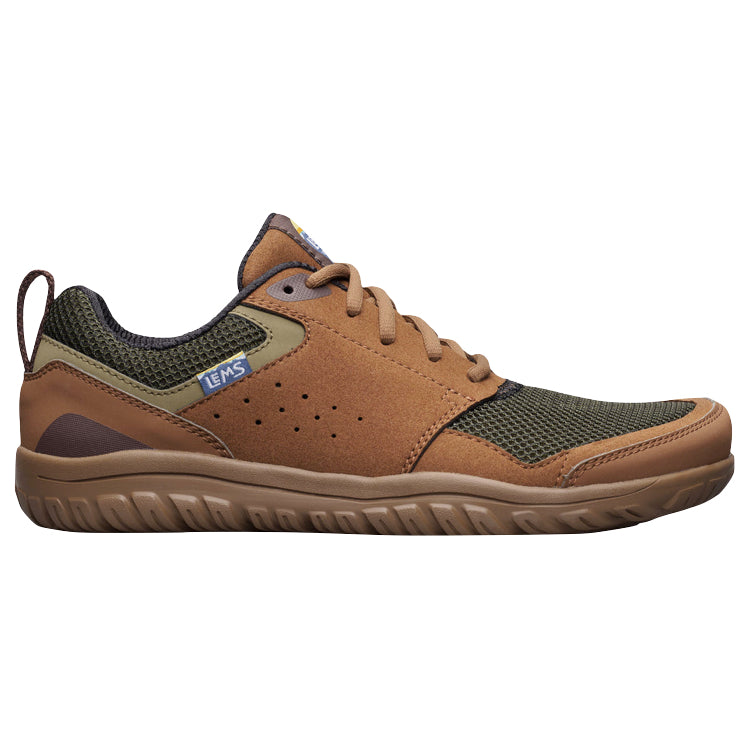
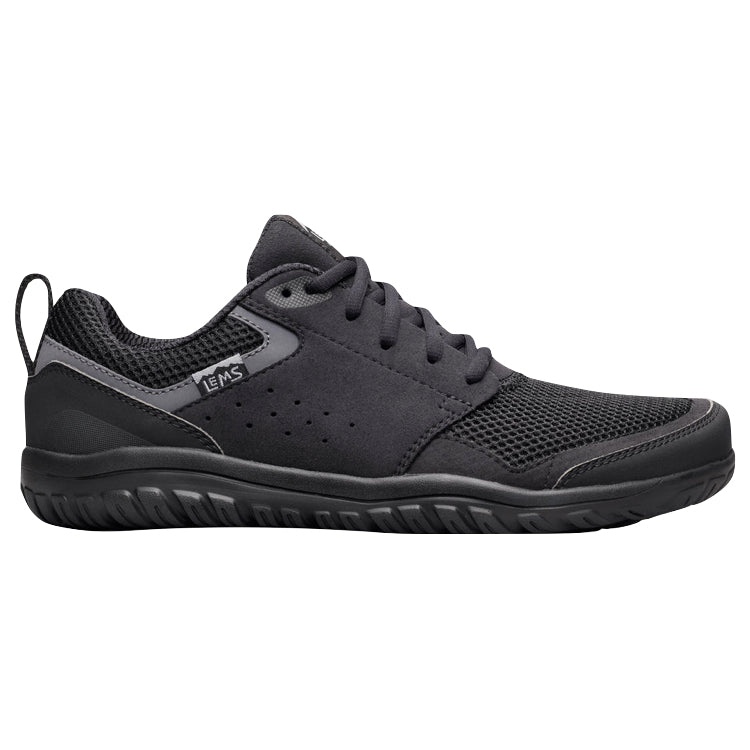
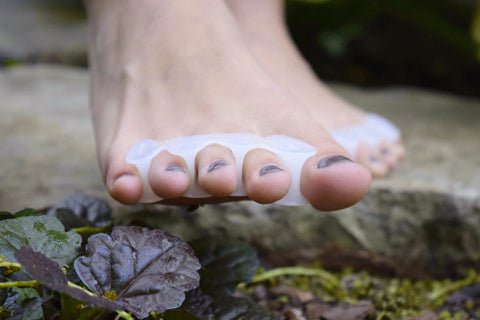


I am 66 years old and have athlete’s foot. I have had this pretty much all my life, especially between my little toe and the next one on both feet. Do you have any recommendations or people I could see in the Chapel Hill area?
Cheers
Greetings, Fritz. Thank you for your comment and question. You may want to chat with Dr. Susan Delaney, a naturopath practicing in Chapel Hill.
Kind regards,
Marty Hughes, DC
That’s a good point that a lot of shoes do not have the right support for my feet. I have to admit that I prefer tennis shoes since they don’t squeeze my toes or give me blisters. It’s an added bonus that they are less likely to cause bunions or other foot problems. I’m guessing that these Correct Toes were designed by a podiatrist? Maybe I should give them a try.
Hi, Anna,
Thank you for your message. In our experience, we’ve found that using Correct Toes is one of the best and most effective first steps toward achieving optimal foot health. Dr. Ray McClanahan, the inventor of Correct Toes, is a sports podiatrist and mentor to Drs. Robyn and Marty Hughes, co-founders of Natural Footgear.
Check out this video that outlines Dr. Ray’s story and how a natural approach to foot care all began:
www.naturalfootgear.com/blogs/education/17888908-origin-of-natural-foot-care-dr-rays-story
Also, check out our women’s footwear options to see if there is an athletic shoe that picques your curiosity:
www.naturalfootgear.com/collections/womens-shoes
Please let us know if you have any further questions!
Kind regards,
Laura Trentman
I’ve tried a lot of different approaches in dealing with my feet. What’s the role of myofascial release in improving foot health?
Hi, Erin,
Thank you for your question! Myofascial release is a targeted approach to improving the mobility and responsiveness of your foot’s soft tissues, particularly the fascia—an intricate web of connective tissue that surrounds and supports muscles, tendons, nerves, and blood vessels. Over time, factors such as constrictive footwear, repetitive movement patterns, injury, or simple underuse can cause these tissues to stiffen or adhere to one another, reducing your foot’s ability to move and adapt naturally. Myofascial release seeks to address these limitations by applying slow, deliberate pressure to specific points or regions of the foot, helping to reduce tension, encourage better glide between tissue layers, and restore healthier patterns of movement. Tools such as the BlackBoard Meta Trigger, a massage ball, a foam roller, or even your own hands can be used to explore and gently work through areas of restriction, ultimately enhancing overall comfort and function.
In terms of keeping your feet healthy over time, myofascial release can be a valuable adjunct to a broader natural foot care program—one that includes restoring toe alignment, mobilizing stiff joints, strengthening intrinsic foot muscles, and choosing footwear that allows your foot to operate as nature intended. By improving tissue pliability and sensory awareness, myofascial release helps create the right conditions for better muscle activation and more efficient movement. It can also ease the transition into foot-healthy footwear or new exercise patterns by reducing discomfort tied to long-standing tension. Indeed, incorporating regular myofascial release into your routine can support a more balanced, resilient, and adaptable foot—one that is better equipped to carry you comfortably through your daily life. We hope this info helps! Please let us know if you have any follow-up questions.
Yours in Foot Health,
Drs. Marty & Robyn Hughes